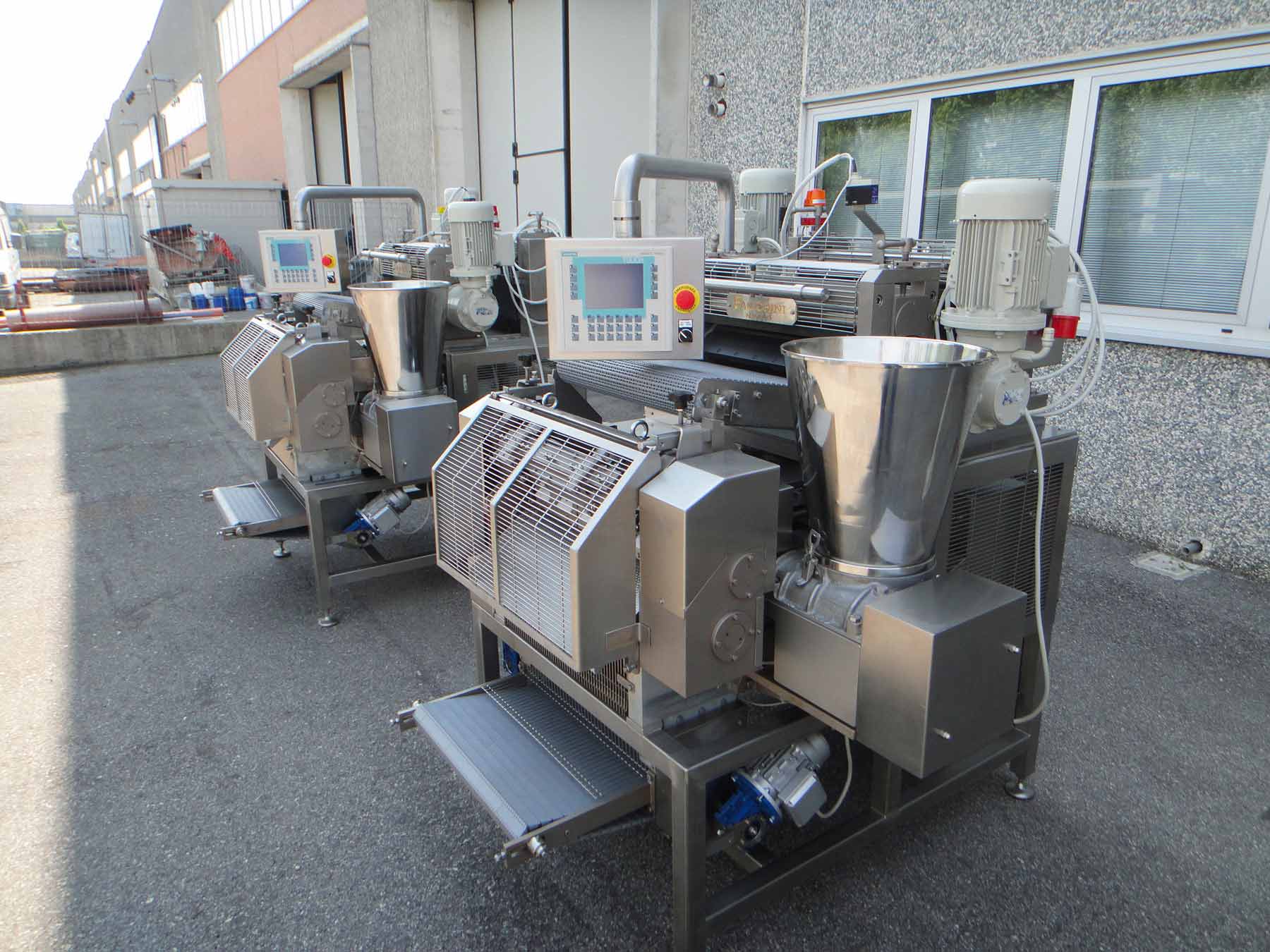Tortellini is more than just pasta. It’s a culinary symbol of Italian heritage, with each tiny fold carrying centuries of tradition. But achieving that perfect shape and taste at home can be tricky—unless you have the right tool. Enter the tortellinatrice, a pasta-making device that transforms your kitchen into an authentic Italian trattoria. Whether you’re a novice or seasoned home cook, this guide unveils everything you need to know about mastering tortellini with ease, flavor, and flair.
What Is a Tortellinatrice?
A tortellinatrice is a specialized kitchen tool designed to help you create uniform, neatly folded tortellini with minimal effort. It’s a game-changer for home cooks who want restaurant-level results without the time-consuming hand-folding process. This machine usually comes with various mold settings that allow you to make different sizes and styles of tortellini, depending on the filling or occasion.
Most models are compact, user-friendly, and easy to clean, making them ideal for regular home use. Whether manual or electric, the tortellinatrice offers a smooth workflow—from cutting the dough into circles to folding and sealing each tortellino consistently.
A Quick Dive Into Tortellini’s Origins
Tortellini traces its roots to the Emilia-Romagna region of Italy, particularly in the cities of Bologna and Modena. Local legend says the shape was inspired by the navel of Venus, the Roman goddess of love. While the story adds charm, the pasta’s historical significance is firmly rooted in festive meals and family traditions.
Each city brings its own spin: Bologna typically uses a pork-based filling with Parmesan and nutmeg, while Modena leans into cheese and herb blends. Over time, chefs across the globe have introduced modern takes, such as seafood tortellini or vegan-friendly alternatives, adapting the dish while maintaining its soul.
Ingredients That Matter
Crafting perfect tortellini starts with the dough. The classic recipe uses just two ingredients: all-purpose or “00” flour and fresh eggs. The flour provides structure, while the eggs lend richness and color. Letting the dough rest after kneading is essential to achieve elasticity and a smooth texture.
The filling is where creativity meets tradition. A blend of ricotta, spinach, Parmesan, and a pinch of nutmeg is a timeless favorite. Meat-based options might include prosciutto, pork, and mortadella. The freshness and quality of each ingredient directly influence the final flavor, so opt for locally sourced or artisanal products when possible.
Step-by-Step: Making Tortellini at Home
Start by preparing your dough. Mix 2 cups of flour with 3 large eggs and knead until smooth and elastic. Wrap the dough in plastic and let it rest for 30 minutes.
While the dough rests, prepare the filling. Combine ricotta cheese, spinach, grated Parmesan, a pinch of salt, pepper, and nutmeg. Mix until creamy.
Roll the dough into thin sheets using a rolling pin or pasta machine. Then, use the tortellinatrice to cut uniform circles and fill each one with a small spoonful of your mixture. Fold into a half-moon, press the edges to seal, then curve the ends to form the classic tortellini ring.
The tortellinatrice simplifies each step, allowing for batch consistency while saving time and reducing errors.
Pro Tips for Filling and Folding
The filling should be firm but creamy. Avoid overfilling, which can cause breakage during boiling. Use a piping bag or small spoon for precise portions.
To seal each tortellino, slightly moisten the dough’s edge with water before folding. Remove any air pockets by pressing gently around the filling—this prevents them from bursting in the pot.
When shaping, don’t rush. Take a few extra seconds to fold and press the dough correctly. This attention to detail makes a big difference in texture and presentation.
Sauce Pairings That Elevate the Dish
A well-chosen sauce transforms tortellini into a complete meal. For cheese-filled varieties, go with a butter and sage sauce that enhances flavor without overpowering. Alfredo works well with meat-based tortellini, adding richness.
Tomato-based sauces with basil provide a light, refreshing contrast. For something unique, a pesto sauce adds complexity with its herbal and nutty profile.
Looking to impress guests? A white wine cream sauce or mushroom reduction can bring a gourmet touch to your homemade pasta night.
Mistakes to Avoid
Common errors can ruin your hard work. First, don’t skip the dough resting period—it’s essential for flexibility and smoothness. Next, overstuffing may seem efficient, but it leads to torn pasta and leaking fillings.
Using too much flour while rolling out the dough can dry it out and make sealing difficult. Finally, don’t cook tortellini for too long. Fresh pasta cooks quickly—2 to 3 minutes in boiling water is enough.
Fusion and Modern Takes
Tortellini is flexible enough for creative reinterpretations. Try seasonal fillings like roasted pumpkin with goat cheese, or add international flair with Thai curry chicken and coconut milk sauce.
You can also use gluten-free or alternative flours like semolina or chickpea for health-conscious recipes. Vegan tortellini with cashew cheese and herbs are growing in popularity and are ideal for plant-based diets.
Final Thoughts on the Tortellinatrice
The tortellinatrice isn’t just a tool—it’s a gateway to tradition, creativity, and connection through food. Whether you’re making tortellini for a family dinner or experimenting with modern recipes, this device brings precision and joy to the process.
Homemade tortellini doesn’t have to be intimidating. With the right ingredients, a bit of practice, and the help of the tortellinatrice, anyone can craft a dish that looks stunning and tastes even better. So dust off your apron and start folding your way into one of Italy’s most beloved culinary experiences.









